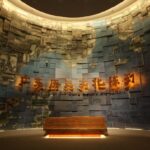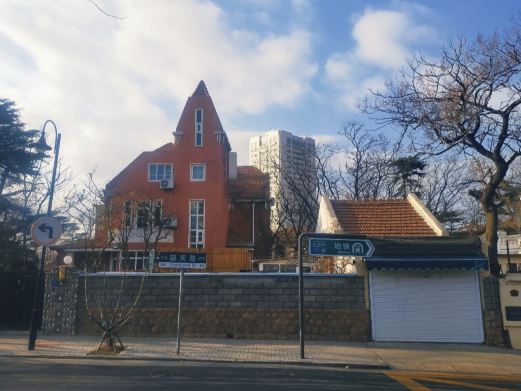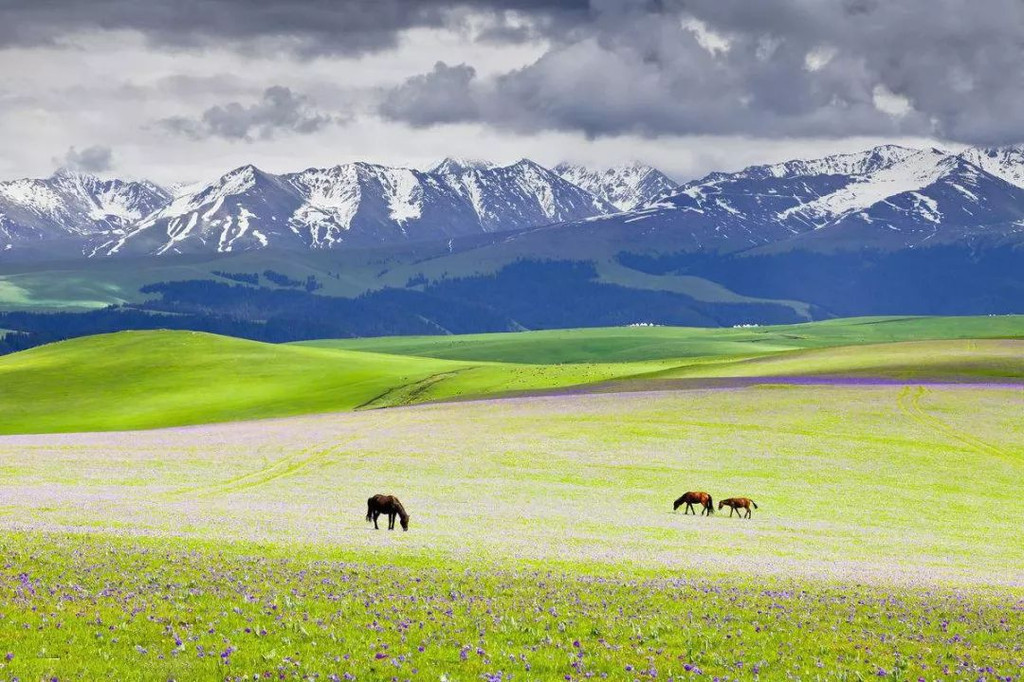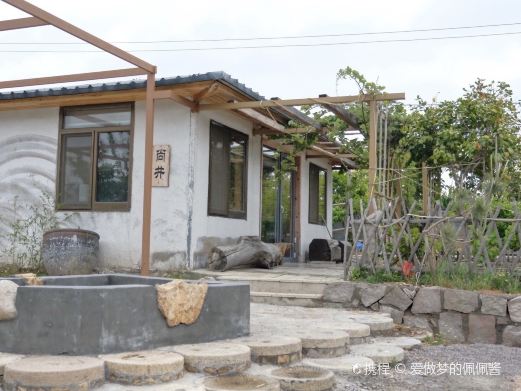In the tenth year of the Shaoxing era during the Song Dynasty (1140 AD), the national hero and poet of the era, Xin Qiji, was born right here. The Xin Qiji Memorial Hall reflects the architectural style of the Song Dynasty, characterized by its simplicity and solemnity. The architectural layout consists of three progressive courtyards, with each courtyard’s exhibition halls and pavilions arranged in an orderly fashion. Surrounded by gardens, visitors can immerse themselves in the lush greenery, verdant grass, and tranquil elegance, making it a cultural landscape that integrates reminiscence, commemoration, and leisure.
The exhibition rooms employ various artistic methods such as calligraphy, painting, photography, wood carving, and sculpture, forming a 62-meter-long exhibition belt that vividly displays the eventful and tragic life of Xin Qiji. Standing before it, one cannot help but feel a deep sense of admiration. Below the exhibition belt are display cases showcasing various versions of books and artifacts related to Xin Qiji’s life and research on his poetry, presenting a rich array of historical treasures. The eastern and western exhibition rooms are arranged according to the ancient tradition of ‘literature in the east, martial in the west.’ The western room, titled ‘Righteousness and Loyalty,’ features a statue and murals that depict Xin Qiji in battle armor, inspecting the enemy’s situation. The central statue vividly portrays Xin Qiji’s gallant and heroic demeanor as a scholar-general, recreating his military life as described in his poetry, ‘Eight hundred miles under the command, fifty strings resounding beyond the frontier.’ The murals, from ‘Teaching from the Grandfather’ to ‘Capturing the Traitor,’ depict scenes of Xin Qiji crossing the river on horseback, breaking into the enemy camp, and capturing the traitor, each scene vividly capturing the essence and soul, gripping the viewer’s heart. The eastern room is titled ‘The Greatest Poet of the Era.’ In the center of the room stands a statue of Xin Qiji, exuding an overwhelming aura and furrowed brows, reflecting the frustration and melancholy of a hero without a cause in his fight against the Jurchens. The murals, from ‘Ten Discussions on the Beauty of Celery’ to ‘No Way to Serve the Country,’ all reveal the patriotic poet’s sincere desire to serve his country. From the western room’s portrayal of a heroic figure on the battlefield to the eastern room’s depiction of a hero without a cause, the emotions are vividly expressed, full of sorrow and grandeur, stirring and moving, leaving visitors with a whirlwind of emotions and deep reflections. The hall is open all year round from 8:00 to 17:00.Xin Qiji Memorial Hall
In the tenth year of the Shaoxing era during the Song Dynasty (1140 AD), the national hero and poet [...]









